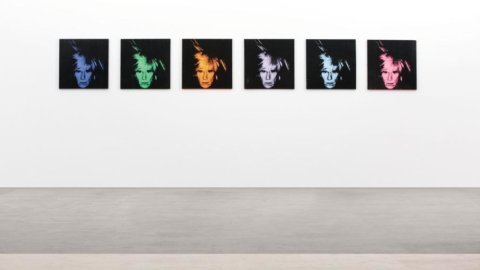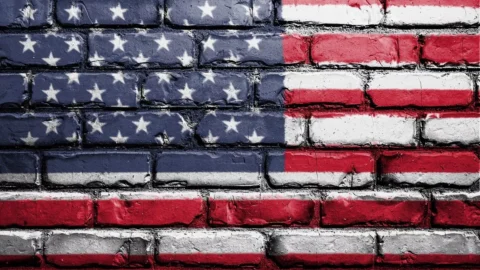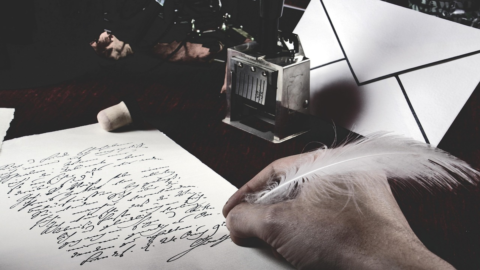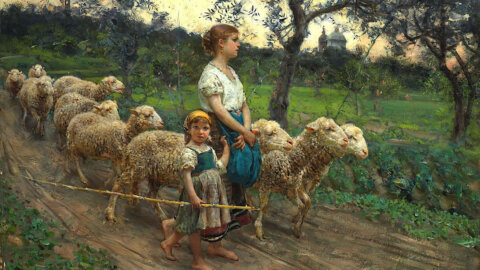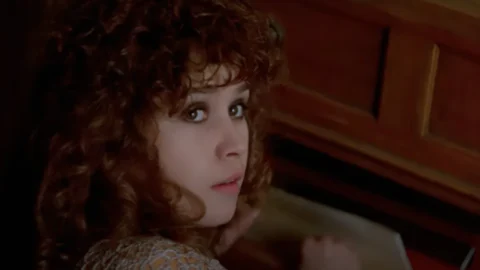Sotheby’s Evening Auction of Contemporary Art on 14 May 2014 will feature a unique group of Six Self Portraits by Andy Warhol that are among the final and greatest works the artist ever created.
Six Self Portraits was acquired by the present owners in July 1986 from the London gallery of legendary dealer Anthony d’Offay, where their remarkable image anchored the first and only show in Warhol’s career dedicated to the theme of self-portraiture. Upon seeing the works being hung in the gallery on the Sunday before the exhibition opened to the public, the owners were immediately struck by their power and enquired at the gallery, amidst the hanging of the show. Within moments, a deal was struck and the series was theirs for a mere $57,500. It was the first sale in what was to
prove a sold-out and ultimately fabled exhibition, and came with benefit of a tutorial: Warhol had laid out strict instructions as to the height at which the works should be hung (so as to exactly correspond to his own head height), and as to the sequencing (Blue, Green, Orange, Lilac, Pale Blue, Pink), all of which was being executed by the gallery team while the new owners looked on. They were careful to note, and to hang in just the same way when the works made their way to their own collection, where they have hung in just that manner for the last 28 years.
Warhol made the first self-portrait of his mature career in 1963, followed by a subsequent small series in 1964. The emergence of the self-portraits marked a turning point for Warhol: now, among the images of the rich and famous, he became an icon in his own visual repertoire. By 1966, the year of his third great series of self-images, he was a star in his own right; an artist, musician and increasingly acclaimed film maker whose constructed public persona was almost as famous as his artistic production.
In these archetypal 1966 portraits, at once iconic and iconoclastic, Warhol succeeds in capturing on canvas the most alluring and elusive star in his firmament of celebrity: himself. It was not until 20 years later, in the series to which Six Self Portraits belongs, that Warhol would find an equivalently powerful self-image. While in the 1960s, Warhol was an aloof commentator on the consumer culture that was sweeping through an economically prosperous America, by 1980s he and his art had become synonymous with contemporary American culture itself. Here, the mysterious image of the
artist’s gaunt features reflects this lifelong fascination with the transience of life, and seems to convey a prescient awareness of his own impending death. Anthony d’Offay has said of the group: “I realised two things: first that Warhol was without question the greatest portrait painter of the 20th century, and secondly that it was many years since he had
made an iconic self-portrait. A week later I visited Warhol in New York and suggested to him an exhibition of new self-portraits. A month later he had a series of images to show me in all of which he was wearing the now famous ‘fright wig’. One of the images not only had a demonic aspect but reminded me more of a death mask. I felt it was tempting fate to choose this image, so we settled instead on a self-portrait with a hypnotic intensity …” (Anthony d’Offay, cited in Exh. Cat., Andy Warhol, Self Portraits, Kunstverein St. Gallen, Kunstmuseum, 2004 p. 131).
On the opening night of the self-portraiture show – the Tuesday after the present owner pre-emptively acquired the group – a packed reception at the gallery was followed by a riotous dinner at the Café Royal, where Warhol was celebrated over Saumon en Sauce Désastre, Framboises Marilyn and Crème Brûlée Chaise Electrique (menu right). It, and the D’Offay show, were to be the last great celebratory moments of Warhol’s life.

